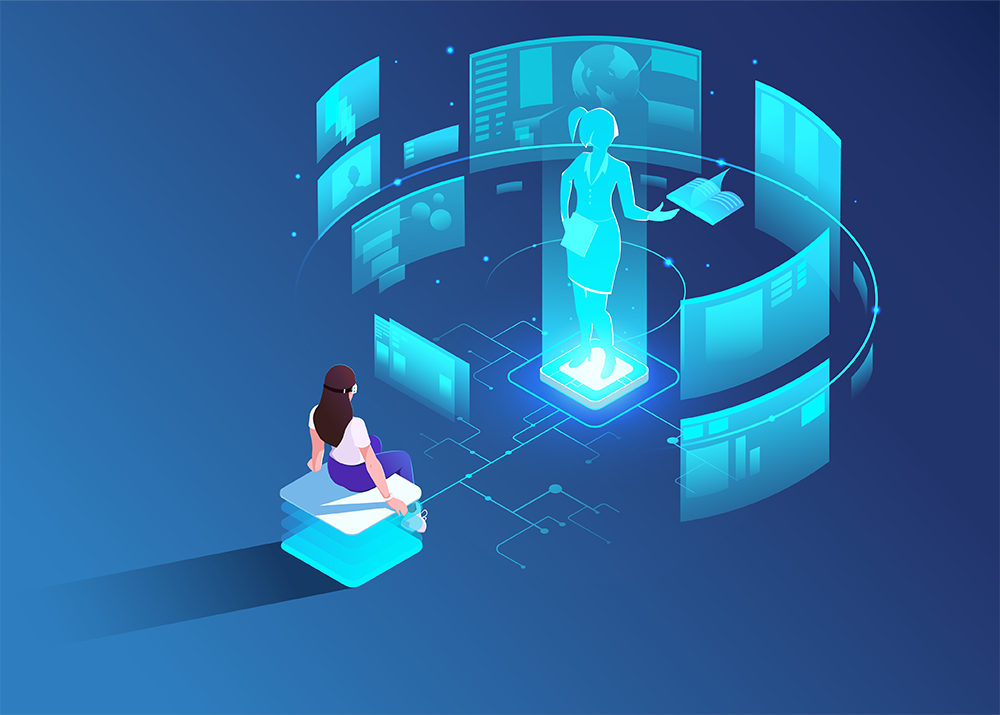Although virtual reality (VR) has been around since the late 1950s, recent technology advancements have made its adoption into accounts receivable management a reality itself. The increasing availability of cheaper and more powerful VR devices, improved tracking systems, and wider adoption across industries have meant that virtual reality is an integral tool in accounts receivable management.
With virtual reality automation, a business can now minimize the time, effort, and costs required to manage data from consumers that have fallen into debt. By reducing paperwork and automating manual processes, companies can eliminate their reliance on a multitude of data-entry operations and have more time and resources to focus on decision-making and customer relations. VR can help bring more advanced process automation, accurate tracking, and better customer engagement.
The usage of VR to improve the accounts receivable process is relatively new, but with its unique properties, it has great potential to revolutionize the way debt consumer accounts recovery solutions is managed. By using special tracking and recording software, organizations can quickly and accurately reconcile and process payments.
This allows businesses to assess large amounts of data at once in a visually intuitive manner. By focusing on current and historical data, companies can better identify any receivable trends or abnormalities and diagnose underlying issues in their current accounts receivable management process, reducing the time and effort needed to evaluate and analyze data compared to the traditional spreadsheet and desk-based systems.
With virtual debt recovery strategies, customers can check their invoices in 3D and review or change any existing or proposed transactions. This helps eliminate errors and improve accuracy in transactions, making sure that all transactions are compliant with standards. VR also makes it easier for customers to interact with their suppliers. They can easily access up-to-date information, track invoices, negotiate payment terms, and other activities, eliminating the need for an arduous process of manual review.
VR is also helping to create a smoother transition between different teams and departments in an organization, helping minimize wasted time and energy that often come with manual processes. This could involve the use of special software to create a virtual structure with synchronized data between back-office accounts receivable and front-office customer interaction systems.
Even more so, VR also helps address issues related to customer engagement. By creating an immersive environment, customers can get a more holistic experience and realistic representation of goods and services, helping buyers make informed decisions. It also enables better customer support services that can address customer complaints and queries with more immediacy and accuracy.
The future of virtual reality in accounts receivable management looks very promising. It can help automate processes, improve tracking and accuracy, as well as enable a seamless customer experience. By reducing labor costs and processing time, VR can make accounts receivable management much more efficient and help companies make better use of their time and resources. Customers also get a sped-up payment process and a reduction in customer service issues, all with easy access to their accounts.
At TEC Services Group, we believe that as accounts receivable management processes become more automated in the future, the need for virtual reality will see a rapid surge and bring about a greater level of efficiency and accuracy in managing consumer accounts. For more current news and trending topics within the industry, visit our website now or contact us for the best recovery solutions.







